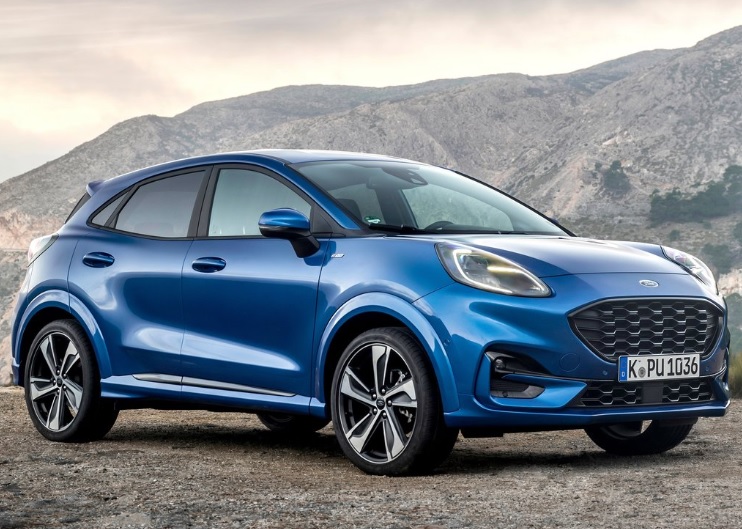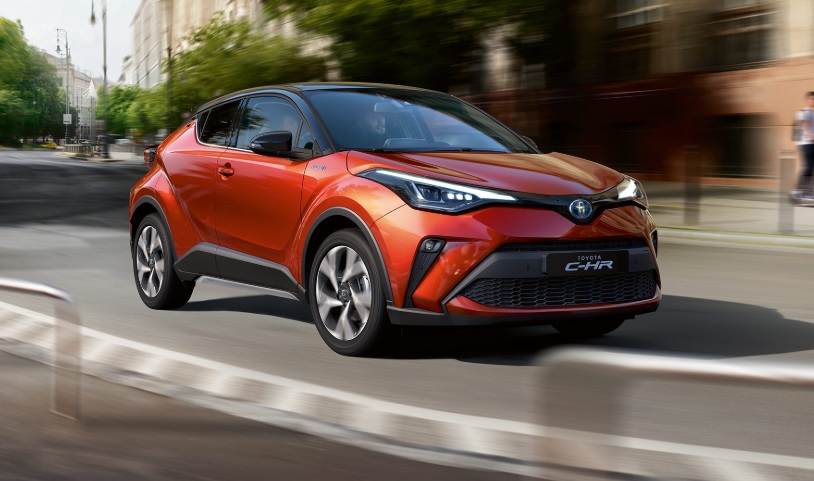| Ford Puma 1.0 EcoBoost ST-Line | Toyota C-HR 1.8 4x2 Passion | |
|---|---|---|
 |
 |
|
General Information |
||
| Year | 2020 | 2020 |
| Equipment | ST-Line | Passion |
| Body Type | SUV | Crossover |
Engine Specs |
||
| Engine | 1.0 EcoBoost | 1.8 4x2 |
| Fuel Type | Petrol & Electric | Hybrid |
| Engine Displacement | 999 cc | 1798 cc |
| Number of Cylinders | 3 | 4 |
Transmission |
||
| Transmission Type | Manual | e-CVT |
| Gearbox | Manual | Automatic |
| Number of gears | 6 | ? |
| Driving System | 4x2 | 4x2 |
Performance |
||
| Engine Power | 155 HP | 122 HP |
| Torque | 240 Nm | 142 Nm |
| Acceleration 0-100 | 9.0 sn | 11.0 sn |
| Maximum Speed | 205 | 170 |
Fuel Consumption |
||
| City | 5.1 L | 3.2 L |
| Highway | 3.9 L | 4.2 L |
| Combined | 4.5 L | 3.7 L |
| Fuel Tank | 42 L | 43 L |
Dimensions |
||
| Length | 4207 mm | 4390 mm |
| Width | 1805 mm | 1795 mm |
| Height | 1536 mm | 1555 mm |
| Curb Weight | 1280 kg | 1495 kg |
| Boot Space | 401 L | 297 L |
Tire and Wheel |
||
| Tire Tread | 215 | 225 |
| Tire Sidewall | 50 | 50 |
| Wheel Rims Size | 18 | 18 |
| 2020 Ford Puma 1.0 EcoBoost ST-Line | 2020 Toyota C-HR 1.8 4x2 Passion | |
When deciding between 2020 Ford Puma 1.0 EcoBoost ST-Line and 2020 Toyota C-HR 1.8 4x2 Passion, buyers often look at boot capacity, performance, and fuel efficiency. Our detailed table highlights the differences side by side.
If you prioritize cargo space, the Ford Puma offers 401 liters, while the Toyota C-HR stands out with 122 horsepower performance. The right choice depends on whether you value practicality or driving dynamics.